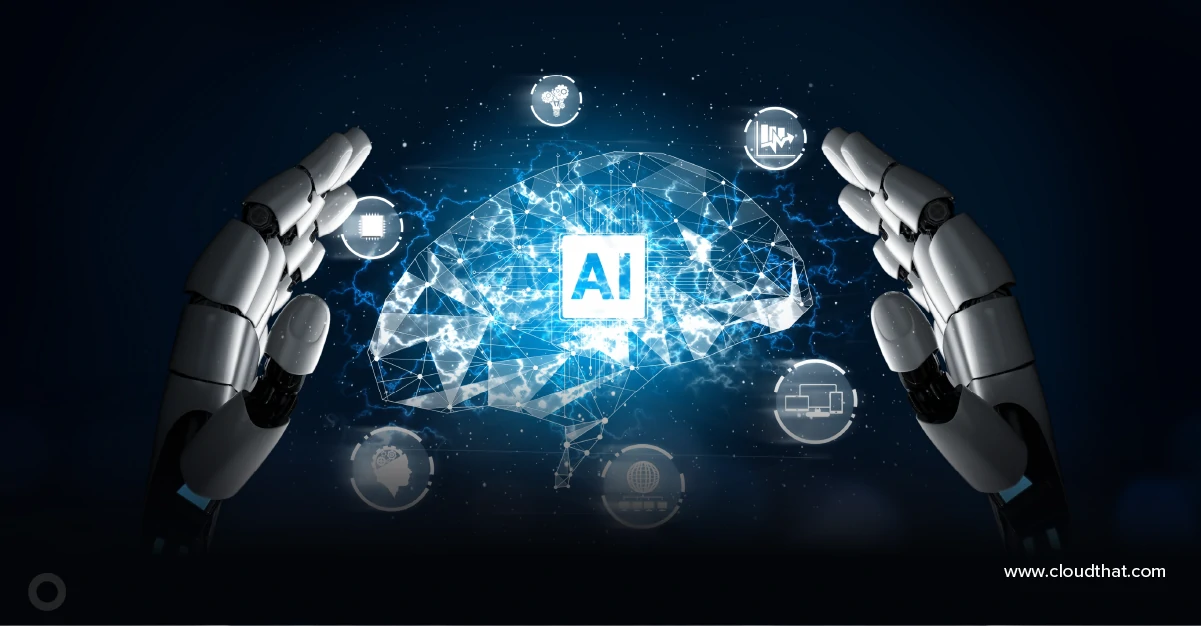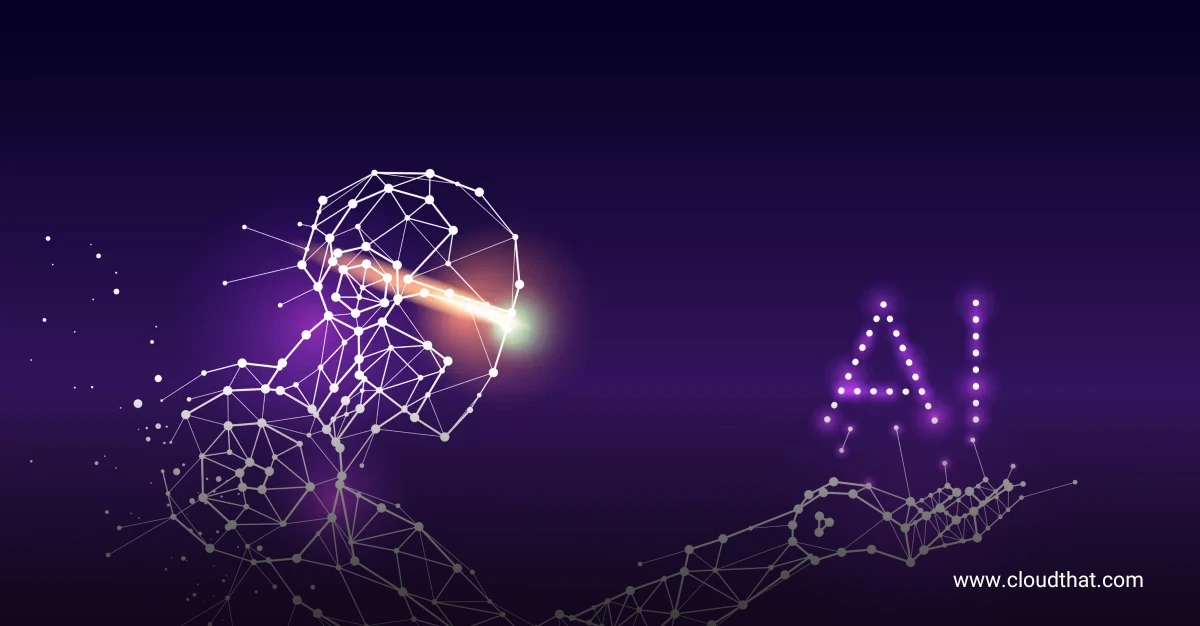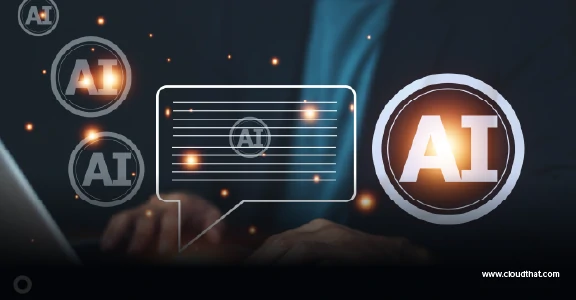|
Voiced by Amazon Polly |
Overview
Object detection using Artificial Intelligence (AI) is rapidly transforming how we see and interact with the world. Computers can now accurately identify objects in images and videos, unlocking many possibilities. This blog post dives into the exciting world of object detection with AI and explores how cloud computing is crucial in making it accessible and powerful.
Pioneers in Cloud Consulting & Migration Services
- Reduced infrastructural costs
- Accelerated application deployment
Introduction
The integration of cloud computing has significantly amplified the potential of object detection by providing the computational power and scalability needed to process vast amounts of data in real-time.
Benefits
- Enhanced Automation: Object detection automates manual tasks, saving time and resources by eliminating the need for human intervention. This streamlining of processes increases efficiency and reduces operational costs across various industries.
- Improved Accuracy: AI-powered object detection achieves remarkable accuracy by leveraging sophisticated algorithms and deep learning techniques to identify and classify objects within images or videos. This precision is crucial for medical imaging, security surveillance, and autonomous systems, where reliability is paramount.
- Scalability: Cloud computing resources provide the computational power and scalability necessary for object detection systems to process vast amounts of data in real-time. This scalability enables organizations to adapt to changing demands and expand their operations without significant upfront investments in hardware or infrastructure.
- Increased Efficiency: Object detection with AI increases operational efficiency by streamlining processes and reducing the time and effort required for manual tasks. This efficiency improves productivity and faster decision-making, ultimately driving better business outcomes.
- Cost Savings: While initial investments in developing and deploying object detection systems may exist, the long-term cost savings are substantial. Automation reduces labor costs and increases productivity, while cloud-based solutions offer a cost-effective alternative to on-premises infrastructure, eliminating upfront capital expenditures and ongoing maintenance expenses.
- Enhanced Safety: Object detection systems powered by AI contribute to enhanced safety by quickly identifying and alerting users to potential threats or hazards in real-time. This proactive approach to safety allows organizations to take prompt and appropriate actions to mitigate risks, prevent incidents, and maintain a safe and secure environment for all stakeholders.
Traditional Methods
- Haar Cascades:
- Haar Cascades are like the vintage detectives of object detection. They rely on “Haar-like features” to identify objects in images.
- Imagine these features as simple patterns, like edges, lines, or rectangles, common in objects. The cascade algorithm scans an image, looking for these patterns at different scales and locations.
- While Haar Cascades were groundbreaking in their time and are still used in some applications today, they can struggle with complex objects or variations in lighting and background. They are like detectives with a keen eye for certain details but may miss the bigger picture in more challenging situations.
- Histogram of Oriented Gradients:
- HOG, or Histogram of Oriented Gradients, analyses color and brightness changes within an image by dividing it into small regions and examining gradient orientation and magnitude.
- This method is effective for detecting objects with distinct shapes and textures, such as people or cars, by focusing on subtle changes in image gradients.
- However, HOG may encounter difficulties in environments with complex lighting or backgrounds, limiting its effectiveness in certain scenarios.
Modern Methods
- Convolutional Neural Networks (CNNs):
- Convolutional Neural Networks (CNNs) are sophisticated algorithms that mimic the human brain’s ability to recognize image patterns.
- These networks consist of multiple layers that progressively extract features from input images, enabling them to understand complex visual data.
- CNNs are renowned for their remarkable accuracy in object detection tasks but require extensive computational resources and vast datasets for training to achieve optimal performance.
- Region-based CNN (R-CNN) and its Variants (Fast R-CNN, Faster R-CNN):
- Region-based CNN (R-CNN) and its variants are state-of-the-art object detection frameworks that leverage deep learning techniques.
- Unlike traditional methods, R-CNN algorithms meticulously analyze specific regions of an image to identify objects, achieving exceptional detection accuracy.
- However, the computational complexity of these models can lead to longer processing times, making them less suitable for real-time applications compared to faster alternatives.
- You Only Look Once (YOLO):
- You Only Look Once (YOLO) is a groundbreaking object detection algorithm renowned for its speed and efficiency.
- YOLO processes entire images in a single pass, swiftly identifying objects without the need for multiple stages of analysis.
- While YOLO excels in rapid object detection tasks, its speed-oriented approach may result in slightly lower accuracy than more intricate methods, particularly for detecting smaller or intricate objects.
Applications
- Retail:
- Object detection in retail enhances customer experiences and streamlines operations, facilitating automated checkout and optimized inventory management.
- For instance, AI-powered checkout systems like Amazon Go allow customers to grab items and leave the store without waiting in line or scanning items, revolutionizing the traditional shopping experience.
- Healthcare:
- Object detection technology in healthcare assists in medical imaging and diagnosis, aiding in the early detection of various medical conditions.
- For example, AI algorithms analyze medical scans such as X-rays to identify abnormalities like tumors or fractures, enabling timely intervention and treatment planning.
- Automotive:
- Object detection technology in the automotive industry enhances vehicle safety and enables autonomous driving capabilities.
- Tesla’s Autopilot system utilizes object detection algorithms to identify and track vehicles, pedestrians, and obstacles on the road, providing real-time warnings and assisting drivers in avoiding collisions.
- Security:
- Object detection systems bolster security measures by identifying and tracking suspicious activities and unauthorized objects in real-time.
- For instance, airports use facial recognition systems to verify identity, enhance security measures, and streamline passenger processing at checkpoints.
- Agriculture:
- Object detection technology in agriculture aids in crop monitoring, pest detection, yield estimation, and optimizing agricultural practices.
- John Deere’s See & Spray technology uses object detection to identify and target weeds with precision herbicide application, reducing chemical usage and increasing crop yields.
- Environmental Monitoring:
- Object detection with AI supports environmental conservation efforts by monitoring wildlife populations and habitat changes.
- Conservation organizations use satellite imagery and object detection algorithms to track endangered species’ habitats and detect illegal logging activities in remote forests.
Conclusion
Object detection with AI, powered by cloud computing, is reshaping industries with its diverse applications and significant benefits. The future holds even more promise as advancements continue to enhance automation, accuracy, scalability, and safety. As organizations embrace this technology, we can anticipate further innovations that will redefine how we interact with and perceive the world around us. Object detection is not just about seeing the unseen; it’s about unlocking endless possibilities for a smarter and safer future.
Drop a query if you have any questions regarding object detection and we will get back to you quickly.
Empowering organizations to become ‘data driven’ enterprises with our Cloud experts.
- Reduced infrastructure costs
- Timely data-driven decisions
About CloudThat
CloudThat is an award-winning company and the first in India to offer cloud training and consulting services worldwide. As a Microsoft Solutions Partner, AWS Advanced Tier Training Partner, and Google Cloud Platform Partner, CloudThat has empowered over 850,000 professionals through 600+ cloud certifications winning global recognition for its training excellence including 20 MCT Trainers in Microsoft’s Global Top 100 and an impressive 12 awards in the last 8 years. CloudThat specializes in Cloud Migration, Data Platforms, DevOps, IoT, and cutting-edge technologies like Gen AI & AI/ML. It has delivered over 500 consulting projects for 250+ organizations in 30+ countries as it continues to empower professionals and enterprises to thrive in the digital-first world.
FAQs
1. How does object detection AI handle privacy concerns, especially in applications like security surveillance?
ANS: – Object detection AI systems often employ techniques like anonymization and encryption to safeguard sensitive data. Additionally, strict access controls and adherence to privacy regulations help mitigate privacy risks.
2. What are the key differences between cloud-based and on-premise object detection solutions regarding performance and scalability?
ANS: – Cloud-based solutions offer scalability and flexibility, leveraging cloud resources for processing large datasets in real-time. On the other hand, on-premise solutions provide greater control over data and may offer better performance for specific use cases but may lack the scalability of cloud-based options.

WRITTEN BY Sujay Adityan
Sujay works as a Research Associate in the Data & AIoT team at CloudThat, with a background in Data Science. He is skilled in data analytics, machine learning, cloud computing, Python programming, and working with large-scale databases and networks. Sujay has contributed to multiple AI/ML and Generative AI projects for both internal teams and clients. Passionate about continuous learning, he aspires to become a proficient software developer, creating meaningful, technology-driven solutions that make a real impact.


 Login
Login


 June 20, 2024
June 20, 2024 PREV
PREV










Comments